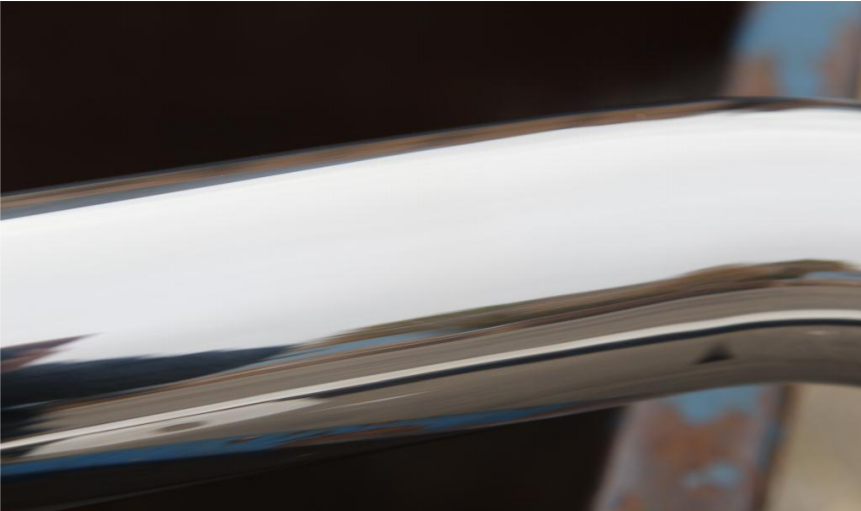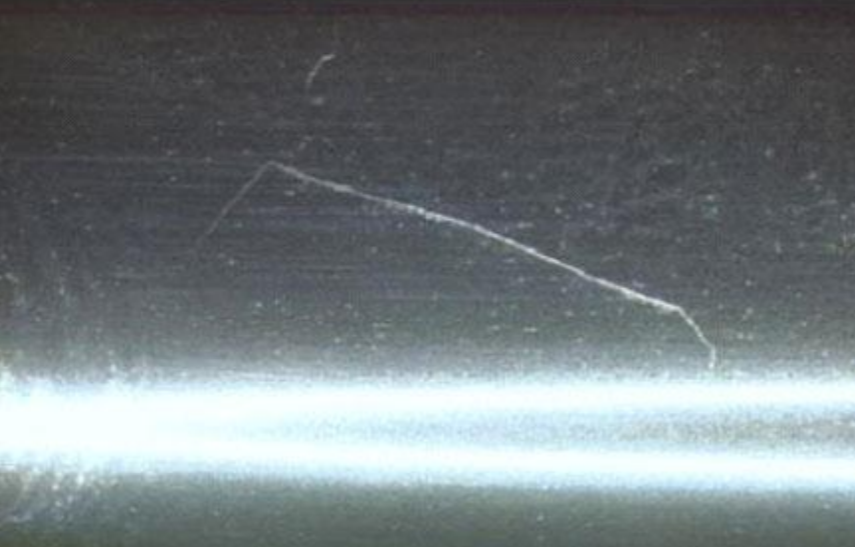Please contact us if you would like to enquire about Veriquality’s quality control services.
Read MoreMany kinds of product are made by stainless steel from handrail, shelf, and flatware. From the raw material to finished product involved many production process. Due to the complicated production process, the defect is more easy to overlook during proudction.
The case for spoon and fork production process:
1. Blanking Sheet
2. Blanking Pieces
3. Annealing
4. Rolling Top Part
5. Annealing
6. Grinding Burr
7. Cutting Top Part ( For Prongs)
8. Grinding Side/Edge
9.Grinding Surface
10. Cleaning
11. Press Marking (Decoration)
12. Grinding of Neck/ Edge /Rim
13. Grinding Sharp Edge
14. Grinding Tine- inside/ Fork Prong-points
15. Polishing - side/edge, inside of bowl /handle/top part surface
16. Etching/Press Marking
17. Cleaning
During production, we need to pay attention to the quality as following:
1. In the basis of the dimension - Specification of total length/ Width
2. Beware Neck Part Weak
3. Elimination of Burr and Pin Holes
4. Deformed Handle/ Out of shape/ Rough- Corrosion/ Rusting Problem
5. Peeling surface tranished at the Furnace
6. For Fork- Not too much pointed
The polishing process is key of stainless steel product.
To determine and evaluate the quality of polished surfaces three different quality classes or quality zone surfaces are determined: quality classes or quality zone surfaces are determined: A, B, C.
Quality class determining high surface finishing requirements: normally used on surfaces directly visible during operation.
Quality class A determines the highest quality level of hand polishing,in which case the polished surface shall have uniform gloss properties and there shall be no visible surface damages. Evaluation is performedfrom the distance >= 1000 mm by using a visual evaluation method.This means that an evaluator shall stand minimum 1000 mm away from the object to be evaluated.
Quality class B permits more mat (duller) polish quality level of thesurface than quality class A and certain surface defects are permitted (meets the quality level of pre-polishing).
1.Polished surfaces with uniform gloss.
 2.Uniform and clean weld joint
2.Uniform and clean weld joint
3. Dents, depressions, indentations,impressions
4. Notches

5. Scratches

6.scratches cause by metal forming

7. Friction signs
8. Stains of dried polishing paste

9. Burnt and uncleaned weld joint on connection joints